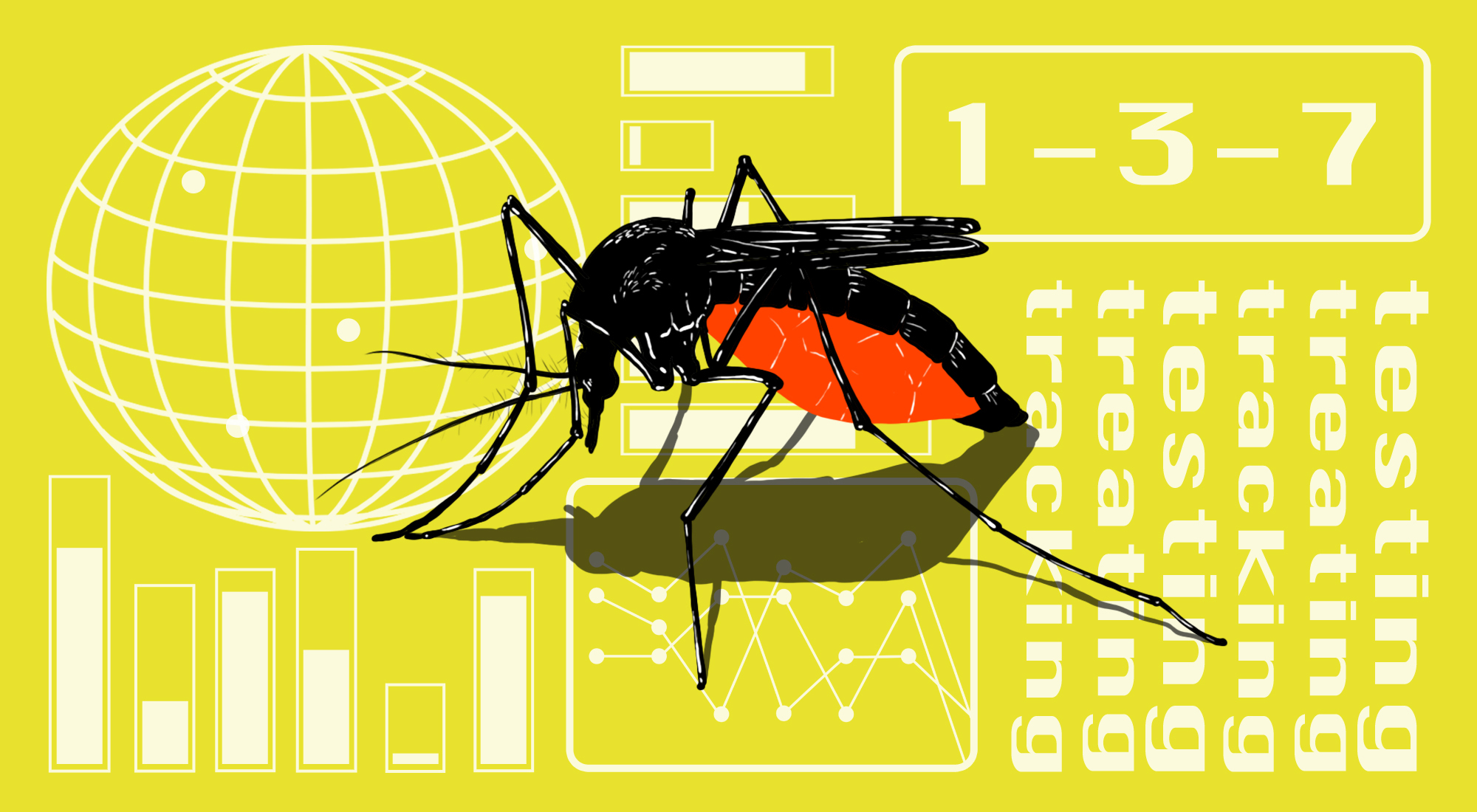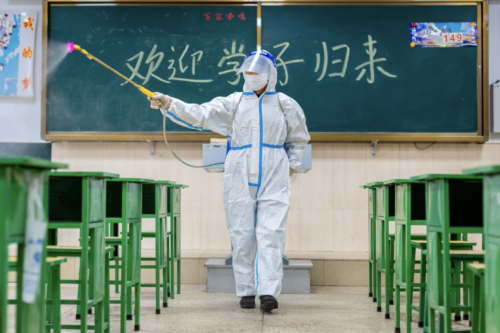How China beat malaria
In June 2021, China was declared malaria-free by the World Health Organization. Here’s how the country rid itself of the mosquito borne disease.

There were about 229 million cases of malaria worldwide in 2019, causing about 409,000 fatalities, according to the World Health Organization (WHO). Malaria is an infectious disease caused by parasites that is transmitted when infected female Anopheles mosquitoes bite people.
China was once a significant contributor to those numbers, but in June this year, the country was certified malaria-free by WHO, after a 70-year disease control effort.
How did China achieve this? Caixin explains in a new feature:
- In the 1940s, China reported 30 million cases (in Chinese) and 300,000 deaths every year. In 1956, malaria was listed as a notifiable infectious disease, and a national reporting mechanism was established, along with education efforts.
- In the 1970s, China still had, by official counts, more than 20 million infections per year, but that began to change after the government launched the “523 Project” involving more than 500 scientists working to find new treatment.
- The project bore fruit with the discovery of artemisinin, which is perhaps the most effective antimalarial drug currently used, by Tú Yōuyōu 屠呦呦. (The work earned her a Nobel Prize in 2015.)
Tu Youyou’s new drug greatly reduced the number of infections in China, as did improved sanitation conditions, which came with the country’s economic development.
- But a severe outbreak in Anhui Province in 2006 that infected around 35,000 people spurred the authorities into action.
A new approach labeled “1-3-7” was trialed in Jiangsu in 2012, and then rolled out nationwide.
- The strategy requires local health authorities to report suspected cases within a day, investigate and confirm cases within three days, and evaluate the risks of local transmission within seven days.
- Infections must be treated as soon as possible, and drugs administered prophylactically to stop transmission.
- WHO incorporated China’s strategy into a malaria manual published in 2018, noting that its success — a little like China’s COVID-19 strategy, relies on the “3Ts” — namely, testing, tracking, and treating.
The risk of malaria coming back
As long as malaria is prevalent elsewhere in the world, China is at risk of imported cases, which can start local outbreaks.
- Although China has recorded no new local cases since 2017, “the country has had 2,600 to 3,000 imported cases every year, almost all of which were found in people who had recently returned from Africa, where 94% of global malaria cases are now found.”
Until malaria is eliminated globally, it will never truly disappear from anywhere the Anopheles mosquito lives.
For more on China’s 70 year malaria elimination program, click through to Caixin. If you like Caixin, you might enjoy listening to the weekly podcast we produce together: the Caixin-Sinica Business Brief.






